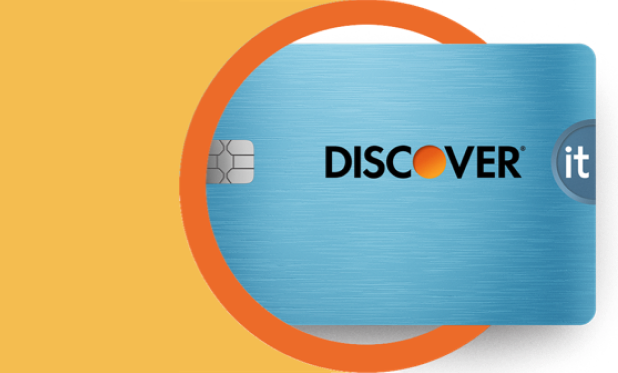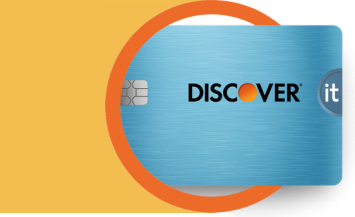A prepaid credit card (also called a “reloadable card,” “prepaid card,” or “prepaid debit card”), like a standard credit or regular debit card, is an alternative payment method to cash. At first glance, it’s tough to distinguish between a prepaid card and a credit card. Many major credit card issuers also offer prepaid cards. Both cards usually feature the credit card company’s logo, a card number, and a chip or magnetic stripe on the card’s front. The back typically includes a security code and, potentially, the cardmember’s signature.
Like a traditional credit card or debit card, you may be able to use a prepaid credit card to shop online, over the phone, or in stores. However, unlike those similar payment options, you must load funds directly onto a prepaid card before making purchases with it.







